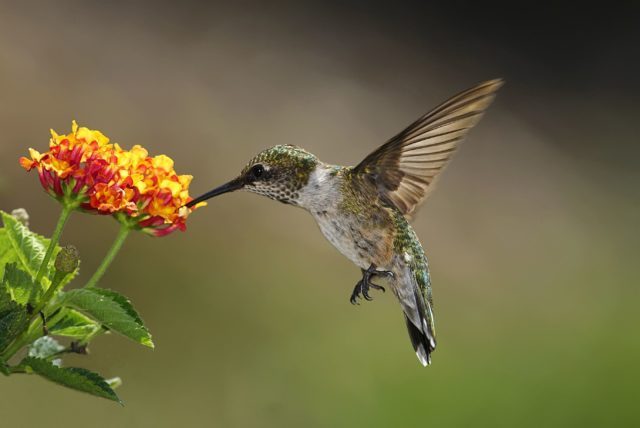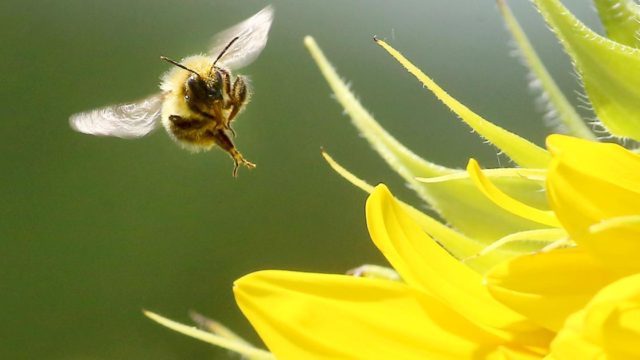Thinking that the characteristics of global warming and, consequently, of climate change are non-existent elements, has distinguished through different studies and scientific investigations. This perspective, beyond being a fallacy, is a reality.
Changing weather conditions, threats to food production as well as sea level rise are only part of the resulting effects of climate change, which is global in scope and on an unprecedented scale.
A sample that our country does not escape from this panorama are the changes found by researchers from the 4 state universities in the páramo ecosystem during the analyses carried out between 2016 and 2017.
The objective of analyzing plant-pollinator interactions, and identifying species potentially vulnerable to the effects of climate change in the páramo, was addressed in an interdisciplinary manner by researchers from different universities. In this way, each member of the project Paul Hanson, Gerardo Ávalos of the UCR, Alexander Rojas of UNA, Paola Solera of TEC and María Alejandra Maglianesi of UNED, with their specialty and knowledge about aspects of the study system (plants and pollinators) contributed to develop the research as well as to interpret the results obtained.
Effects on plants and pollinators
As part of the most relevant elements found by researchers is that some of the species, both animals and plants -which were traditionally in terrains below 3,000 meters above sea level-, have scaled the ecosystem páramo type as a consequence of the increase in temperature.
This has generated that some pollinating species such as bees and hummingbirds have seen their habitat, their food, and ecosystem dynamics impacted.

María Maglianesi, a doctor of the School of Exact and Natural Sciences of the UNED, indicates that as part of the main findings a high level of asynchrony was found in plant-pollinator interactions, which was on average 26 days; that is, the pollinators are more advanced with respect to the plants they visit.
This marks an important gap with respect to other studies, in which only 10-11 days of pollination have been reported. “This knowledge is very valuable because if the pollinators and the plants they visit are not together simultaneously in time and space, they will not be able to interact and after a certain time the populations could be reduced”, said Dr. Maglianesi.
The research carried out in 3 study sites; the Cerro Las Vueltas Biological Reserve, Cerro Buena Vista (Pacific slope), and the Sákira Hills (Caribbean slope). All these sites, in the Cerro de la Muerte, are located between 2,900 and 3,400 meters above sea level. It also indicates, as part of its conclusions, that many plants have been reduced because there is no pollination and, therefore, have less reproduction of both the same plants and animals, since the latter find less and less possibility of finding food.
Consequences of climate change
According to the United Nations (UN), global warming is having a negative impact on the economy, the lives of people and communities, so it is expected that in the future the consequences will be worse. “The 5th Climate Change Assessment Report indicates that from 1880 to 2012, the world increased its temperature by 0.5 ºC, in addition to marking as from 1901 to 2010, the average global sea level rose by 19 centimeters, as the oceans expanded due to the ice melted by the warming”, states the UN.
This criterion is linked alarmingly with other results of the research, among which the presence of the common bee -Apis mellifera-, which according to Dr. Paul Hanson, entomologist of the UCR, is not common to find it in the páramo, but it inhabits places at lower elevations.

This allows us to determine, according to the researchers, that indeed specialized pollinators could face a greater risk to climate change than more generalist pollinators.
Paola Solera, a biologist from the School of Biology of the TEC, said that the investigation also detected how the páramo has consequences from the hand of the human being, which has caused some of its forests to be lost, as well as observing how trees that are not typical of this high altitude ecosystem inserted in it.
The researchers concluded as an open question to the investigation, whether the great asynchrony in the plant-pollinator interactions is a regular condition of this ecosystem or they could be the first signs of climate change that causes alterations in the phenology of the species, so that marks the fundamental need to conduct long-term studies that include other variables in order to distinguish what is due to.

